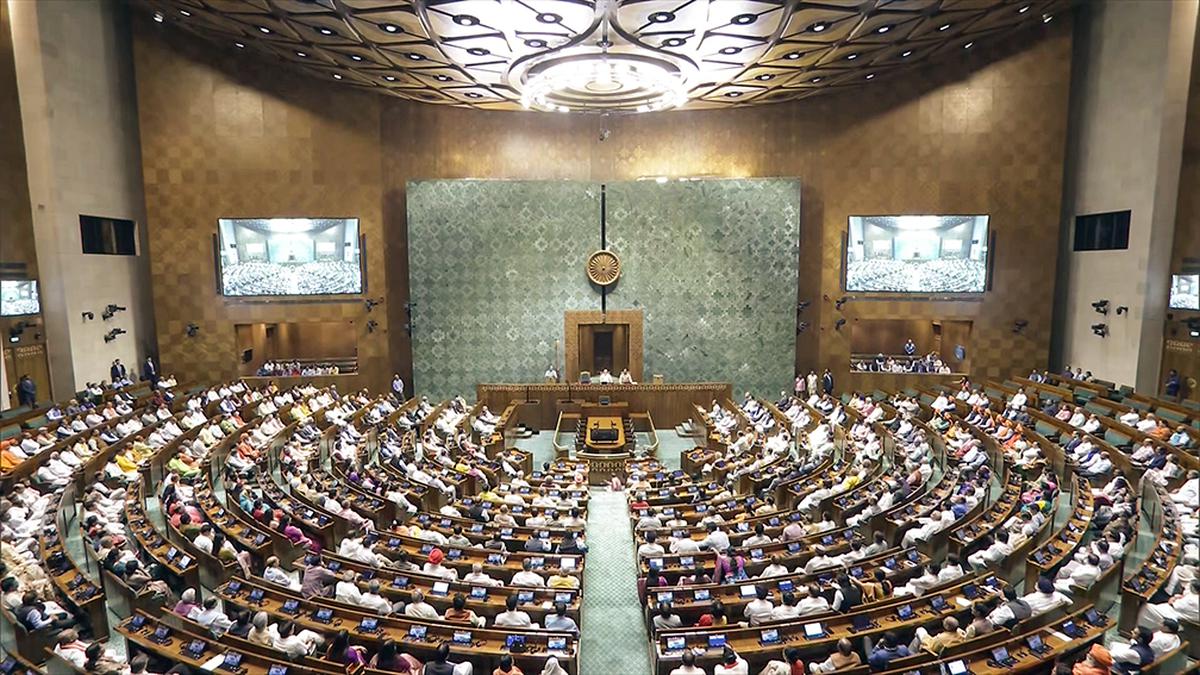
4.7 Comparison between the President and the Vice - President
President
Elected by an Electoral College consisting of elected members of both the Houses of Parliament – Lok Sabha and Rajya Sabha and of the Legislative Assemblies of the States.
The election is held in accordance with the system of proportional representation by means of the single transferable vote.
No person shall be eligible for election as President unless he is a citizen of India and has completed the age of thirty-five years.
To become the President, a person shall also be qualified to become a member of the House of the People.
A person shall not be eligible for election as President if he holds any office of profit under the Government of India or the Government of any State. However, the office of the President, the Vice-President or the Governor or the Minister for the union or for any State shall not be considered as office of profit
The term of office is for five years from the date of entering upon the office of the President.
The President may resign his office by writing his resignation to the Vice-President.
The President may be removed from his office by a resolution of impeachment passed by a majority of not less than two-thirds of the total members in both the Houses of Parliament.
The President exercises the executive powers of the Union on the advice of the Council of Ministers.
The salary of the President has been increased from the current 1.5 lakh a month to 5 lakh a month. The Vice-President's salary will increase to Rs 4 lakh a month from the existing Rs 1.10 lakh a month.
Vice-President
Elected by an Electoral College consisting of the members of both Houses of Parliament i.e., Lok Sabha and Rajya Sabha .
The election is held in accordance with the system of proportional representation by means of the single transferable vote.
No person shall be eligible for election as the Vice-President unless he is a citizen of India and has completed the age of thirty-five years.
To become the Vice-President, a person shall be qualified to become a member of the Council of States.
A person shall not be eligible for election as Vice-President if he holds any office of profit under the Government of India or the Government of any State. However, the office of the President, Vice-President or the Governor or the Minister for the union or for any State shall not be considered as office of profit
The term of office is for five years from the date on which the Vice-President enters upon his office.
The Vice-President may resign his office by writing his resignation to the President.
The Vice-President may be removed from his office by a resolution passed by the Council of States by a simple majority and agreed to by the House of the people.
The Vice-President is the ex-officio Chairman of the Council of States and acts as President in his absence.
There is no provision for the salary of the Vice-President of India in that capacity. He or she receives a salary in the capacity as the ex officio Chairman of the Rajya Sabha (Council of States), which is currently Rs. 4,00,000 per month.
